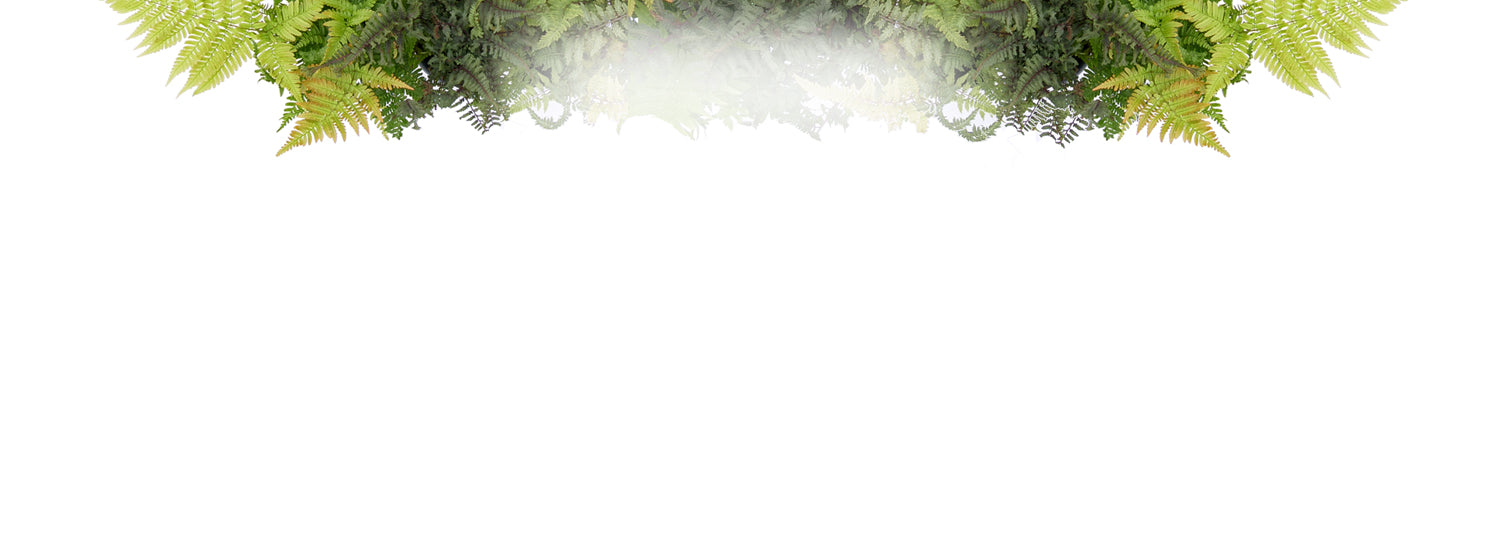Description
Plant spacing is based on the ultimate width of the plants. This figure is normally given as a range; for example, 3-5’. If you live in a cold climate and/or want plants to fill in more quickly, plan to space at the shorter end of the range. If you live in a warm climate, are on a limited budget, or are willing to wait longer for plants to touch, use the higher end of the range. Using the larger number is recommended when calculating distance from a building or structure. There’s really no such thing as "maximum spacing": if you don’t want your plants to touch, you can space them as far apart as you’d like. All plant spacing is calculated on center, or in other words, the centers of the plants are spaced one half of their eventual width apart:

Unless you are planting in a straight line, as you might for hedges or edging, space your plants in a staggered or zig-zag pattern for a more interesting and naturalistic look:

Hand-picked at our greenhouse
Shipped to your door
Arrives as young plant
Learn which roses of Sharon are sterile, when to fertilize them, how to grow them in containers, and everything else you need to know to grow rose of Sharon like a pro.
The plant was packed very well and was very healthy. I received in the Fall. Looking forward to Spring and Summer to watch grow!
Doing well in rock landscaping full sunlight and poor soil. Only flowering bush that has survived.
Our first purchase from Great Garden Plants. They are healthy appearing and we understand they may grow slowly this season.
The two Rose of Sharon plants arrived in great shape, not wilted due to the quick delivery. They are adjusting well to being planted in my garden. I’m happy with my purchase.
Delivery was timing and packaging was great. I followed the unpacking and planting directions. Today my plant is thriving! Very happy with my first online plant purchase.



